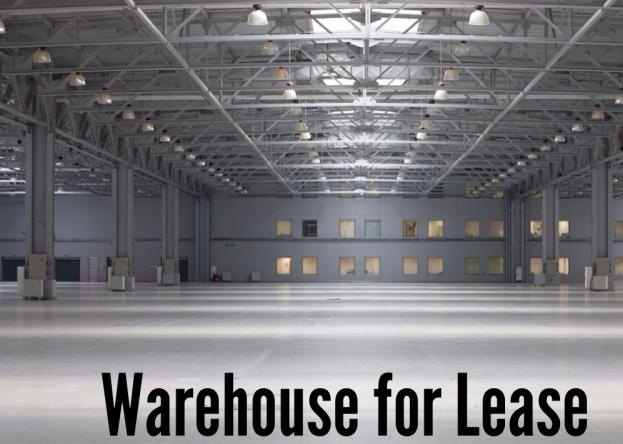
Aeropostale Out Of Business
## The Fall of Aeropostale: A Case Study in Retail Decline




Aeropostale, once a ubiquitous presence in American malls, became a cautionary tale of retail struggles in the face of changing consumer preferences, aggressive competition, and ultimately, mismanagement. Its demise, though not instantaneous, serves as a valuable lesson on the complexities of navigating the modern retail landscape. While the brand technically didn't completely disappear – a licensee now produces and sells Aeropostale clothing – its story is one of a significant fall from grace, highlighting the vulnerabilities of a company failing to adapt to a rapidly evolving market.
The brand's initial success was built on a simple formula: affordable, trendy clothing targeting teenagers and young adults. Its preppy-meets-casual style, coupled with consistent marketing that resonated with its target demographic, saw Aeropostale expand rapidly throughout the 2000s. Mall locations were strategically chosen, capitalizing on foot traffic and maximizing brand visibility. This "fast fashion" approach, mimicking the styles seen on runways but at significantly lower price points, proved highly lucrative. The company's visual identity – bright, energetic, and slightly rebellious – effectively communicated its brand personality and further cemented its appeal with the desired consumer base.
However, the seeds of Aeropostale's downfall were sown within this very success. The reliance on a single demographic proved to be a significant vulnerability. As consumer tastes shifted, and as new competitors emerged, Aeropostale struggled to maintain its relevance. The fast-fashion model, while initially profitable, also contributed to a lack of brand loyalty. The constantly changing inventory meant that there was little incentive for customers to develop a strong emotional connection with the brand. They were drawn to the low prices and trendy styles, not necessarily to the Aeropostale brand itself.




The rise of online retailers like Forever 21 and online giants like Amazon presented a major challenge. These competitors offered even lower prices, a wider selection, and the convenience of online shopping, chipping away at Aeropostale's market share. The company's attempts to adapt to the online marketplace were slow and ultimately ineffective. Their online presence lacked the sophistication and user experience offered by more established e-commerce players. This failure to embrace the digital shift significantly hampered their ability to compete effectively.
Beyond external factors, internal mismanagement also played a crucial role in Aeropostale's downfall. The company's merchandising strategies became increasingly erratic, failing to accurately predict trends and resulting in inventory imbalances. This led to significant markdowns and reduced profitability. Poor financial planning and a lack of diversification further exacerbated the situation. The heavy reliance on mall locations proved detrimental as shopping habits shifted, and mall traffic declined significantly. The inability to effectively manage costs and adapt to changing market dynamics ultimately led to unsustainable financial losses.
In 2016, Aeropostale filed for Chapter 11 bankruptcy protection. This marked the culmination of years of declining sales, mounting debt, and failed attempts to restructure the business. While the bankruptcy allowed for a reorganization, it ultimately couldn't reverse the damage. The company's assets were sold off, and its physical stores were largely closed. The brand name was later acquired by a licensing company, which currently produces and sells Aeropostale clothing through various retail channels. However, this resurrection is a shadow of its former glory, lacking the widespread presence and cultural significance it once held.




The Aeropostale story serves as a cautionary tale for other retailers. It underscores the importance of:
* Adaptability: Companies must be agile and responsive to changing consumer preferences and technological advancements. Ignoring shifts in the market, like the rise of e-commerce, can be fatal.
* Brand Loyalty: Building strong brand loyalty is crucial for long-term success. This requires more than just offering low prices; it involves creating a compelling brand narrative and fostering a genuine connection with consumers.
* Diversification: Reliance on a single demographic or sales channel is risky. Diversifying product lines, target markets, and sales channels reduces vulnerability to market fluctuations.
* Effective Management: Sound financial planning, efficient inventory management, and strong leadership are essential for navigating challenging economic conditions and ensuring long-term sustainability.
Aeropostale's failure wasn't a result of a single catastrophic event, but rather a culmination of several factors. The company's inability to adapt to changing consumer behavior, the rise of powerful competitors, and internal mismanagement all contributed to its eventual downfall. Its story serves as a potent reminder of the dynamic and competitive nature of the retail industry, emphasizing the need for constant innovation, adaptability, and a deep understanding of the ever-evolving consumer landscape. While the Aeropostale name persists, its legacy remains a powerful illustration of the consequences of neglecting these crucial elements of long-term success.



